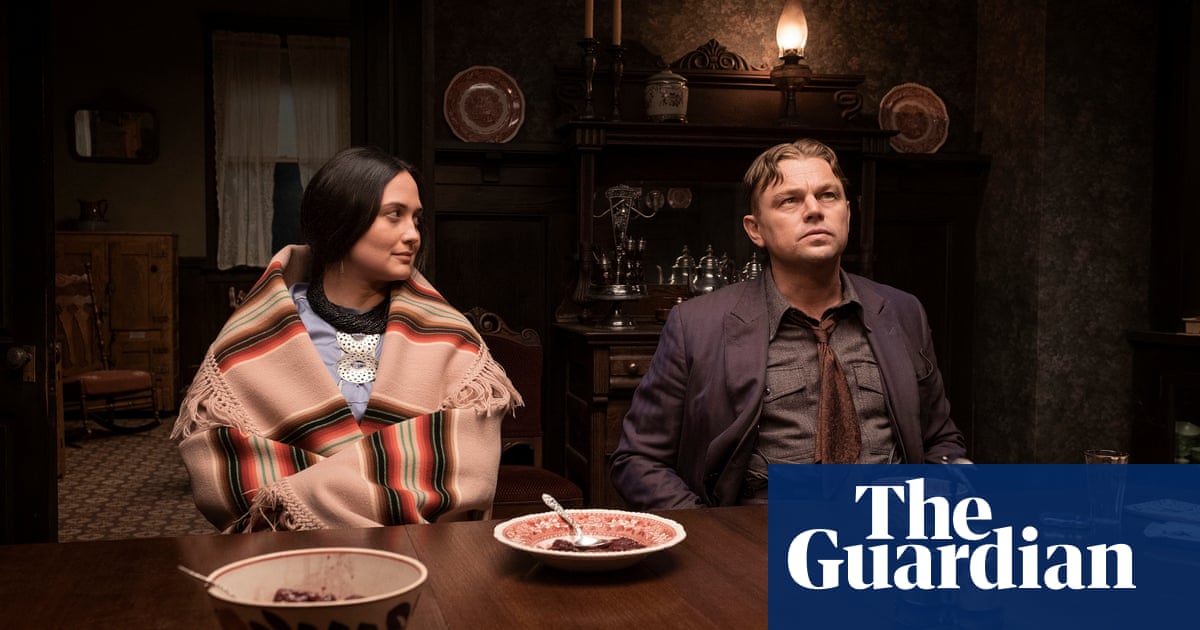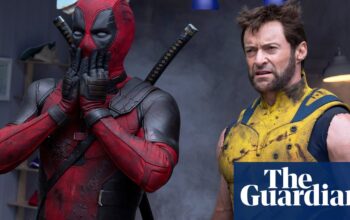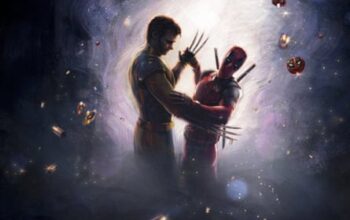
We are all familiar with that feeling: the numbness in our back and legs, the sensation of a full bladder, or the urge to avoid looking at our watch to see how much of the movie is left.
However, moviegoers are increasingly reporting that the trend of longer movies is dissuading them from attending altogether.
In the previous year, several highly successful movies such as The Batman, Avatar: The Way of Water, Babylon, Oppenheimer and Killers of the Flower Moon were all over three hours long (with the last one being an astonishing 206 minutes).
However, cinemas are now taking action by reintroducing the 15-minute breaks that were widely enjoyed in the UK prior to the 1980s.
Vue cinema has reported that showings of Killers of the Flower Moon, which feature a mid-film intermission, have been wildly popular among attendees. Customers have expressed gratitude for the chance to take a break and either stretch their legs or use the restroom.
According to Tim Richards, the CEO of Vue, our recent market research has revealed that customers desire the return of intermissions. The feedback from those who have experienced our intervals has been overwhelmingly positive, with a 74% approval rate.
Richards explained that Vue was influenced by the actions of a few UK operators during Oppenheimer. In his opinion, cinema is similar to live theatre and other forms of entertainment and sports events.
There are few remaining occasions that require sitting in one location for extended periods of time. Attending a spectacular theatre performance is one such event, where the intermission only adds to the enjoyment. It provides a brief respite and heightens anticipation for the remainder of the show.
Specifically, Richards mentioned that both younger and older viewers enjoyed having breaks during the movie. “Due to the overwhelmingly positive feedback we’ve received, I am optimistic that we will be able to incorporate intermissions more regularly in future films.”
Many were voicing their disapproval of excessive movie lengths, leading to a recent decision to address the issue. At the Middleburg film festival in the US, director Alexander Payne, known for his work on Sideways and The Holdovers, spoke out against the trend, stating that filmmakers should strive for shorter runtimes.
Though Payne did not cite any particular offender, his comments came on the opening weekend of Scorsese’s Killers of the Flower Moon, which critics have said could have benefited from a tighter edit. A review in the i newspaper said the film was “ruined by its inordinate length”.
Scorsese has firmly defended the length of his film, stating that people can easily spend five hours watching TV and that theater-goers often sit through 3.5 hour productions. He believes that cinema deserves to be given more consideration and appreciation.
Taking the risk of creating a lengthy film can often result in success – the majority of the top-earning movies in history have a runtime between two and three hours (and every Academy Award best picture winner has exceeded 90 minutes).
However, although lengthy films have been an important part of the film industry for many years – consider movies such as Titanic, Lawrence of Arabia, Gone With the Wind, Ben-Hur or The Godfather II – they used to be uncommon. In present times, it is not only high-quality films that exceed traditional runtime limits – even superhero series have become longer.
According to the film website What to Watch, the average length of the top 10 movies over the past five decades has increased from 110 minutes in 1981 to 131 minutes in 2021 and 141 minutes in 2022.
It is not surprising that audiences have been yearning for the comeback of intermissions. In an article for The Guardian last year, Phil Hoad referred to them as “a remnant of a more cultured era”.
It is unlikely that reintroducing intermissions would miraculously fix the current struggles of movie theaters in the aftermath of the pandemic, when competing with streaming services like Netflix and Disney+. Nonetheless, in contrast to the diminished quality of watching films at home, constantly interrupted by social media, intermissions could potentially enhance the image of going to the cinema as a distinguished occasion. This was stated by an individual.
Richards agreed and reiterated that the problem was not the length of films, but instead how cinemas can improve the overall experience for viewers.
Many customers expressed feeling intimidated by the length of Killers of the Flower Moon. We received direct messages from many individuals, and with 100 million cinema-goers, we received a significant amount of feedback. However, once they learned about the intermission, they were more willing to watch.
According to Richards, intermissions were a widespread tradition in various markets, such as Europe, Asia, and South America, and have never become obsolete.
Ignore the advertisement for the newsletter.
after newsletter promotion
Many of the most popular films ever made are lengthy. This is not a recent phenomenon. Our focus is on offering variety and ensuring our customers have a great experience. Many of our customers appreciate having the option to take a break during the movie.
have runtime of 200 minutes
Several of the most enduringly popular movies in history have a duration of 200 minutes.
Cleopatra
248 mins (4 hrs 8 min)
Gone With the Wind
238 min (3 hrs 58 min)
Dances With Wolves
236 min (3 hrs 56 min)
In a bygone era, in the country of America.
229 min (3 hrs 49 min)
Lawrence of Arabia
216 min (3 hrs 36 min)
Ben-Hur
212 min (3 hrs 32 min)
The Irishman
209 min (3 hrs 29 min)
Apocalypse Now
202 min (3 hrs 22 min)
The Lord of the Rings: The Return of the King
201 min (3 hrs 21 min)
The Godfather: Part II
200 min (3 hrs 20 min)
Spartacus
197 min (3 hrs 17 min)
Schindler’s List
195 min (3 hrs 15 min)
Titanic
194 min (3 hrs 14 min)
Source: theguardian.com


